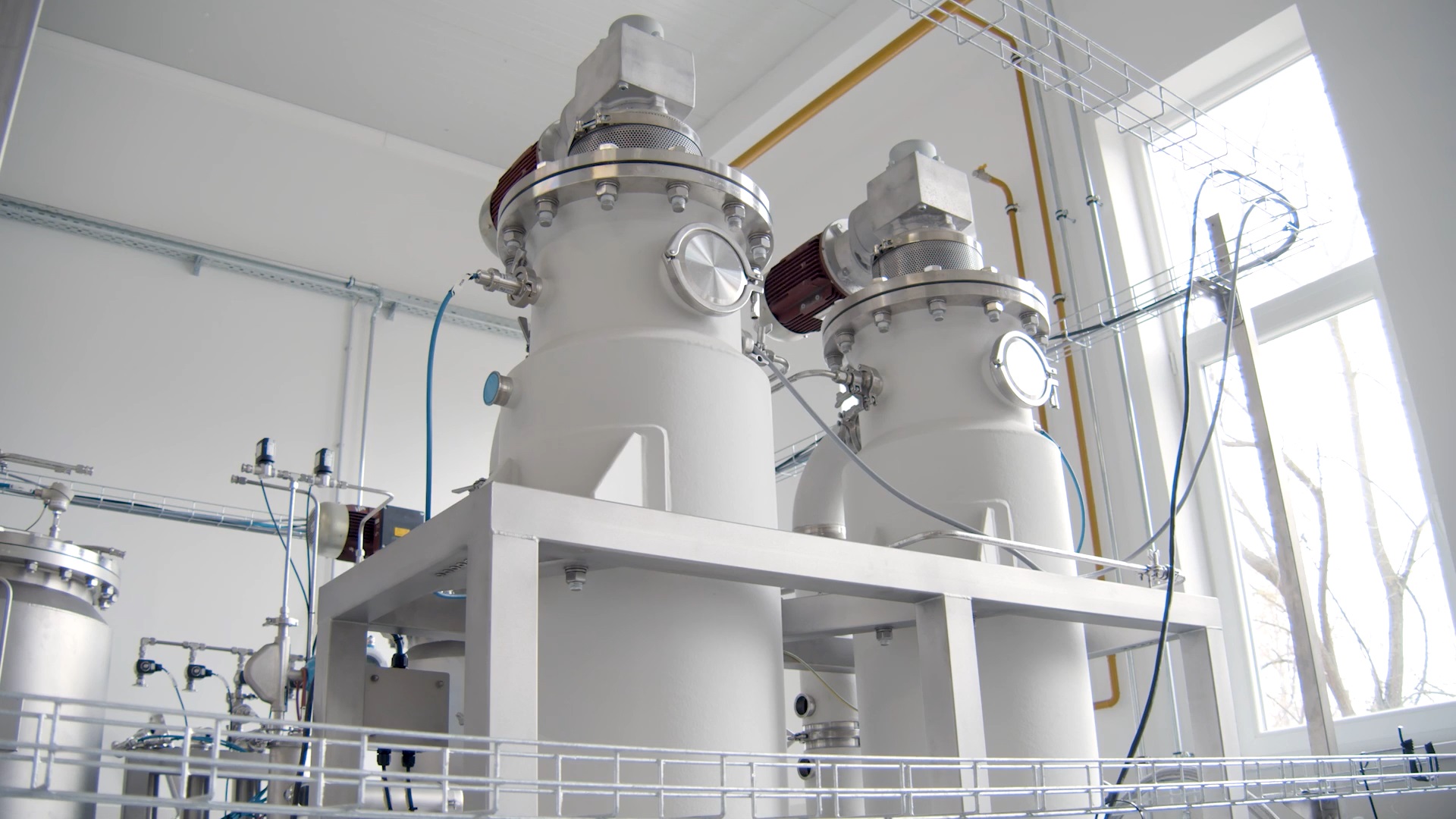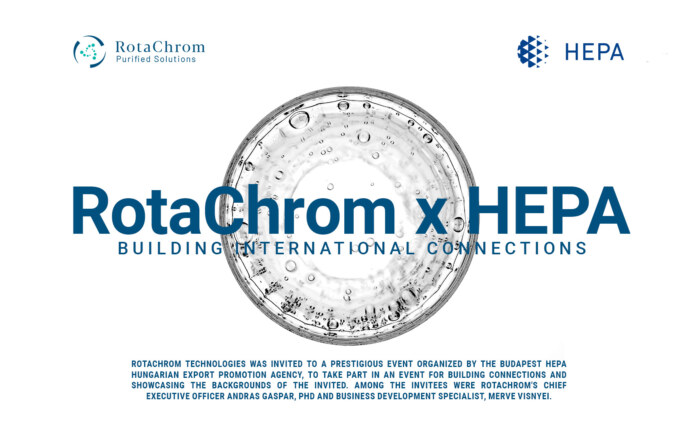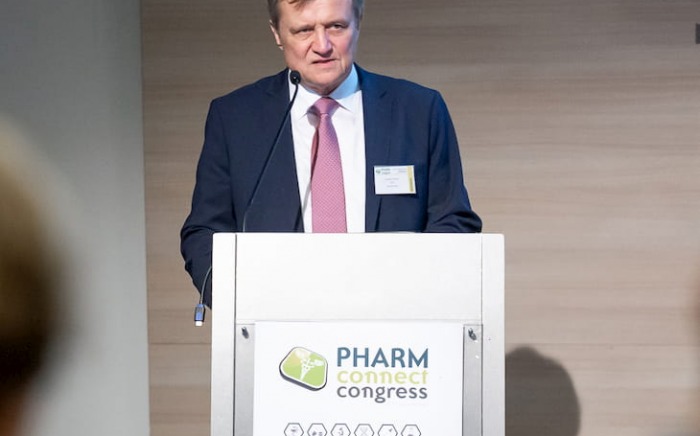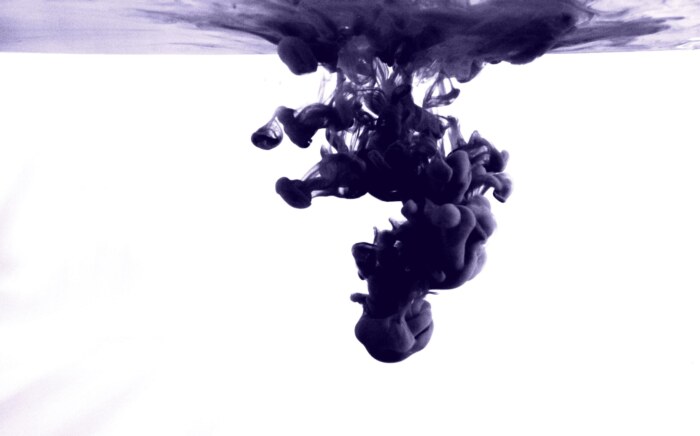Increasing separation efficiency by pH adjustment in Centrifugal Partition Chromatography
NewsSince the early days of chromatography, which can be traced back to Mikhail Tsvet’s famous plant pigment separation experiment in 1901, numerous techniques have been developed to purify materials. One well-known method is high-performance liquid chromatography (HPLC), which has a long history of successful use in laboratories around the world. However, with so many different chromatographic platforms available, it’s natural to wonder if there might be a better option for businesses today.
High Performance Liquid Chromatography vs CPC – A comparison
Chromatographic separation can be performed on two different scales: analytical and preparative. In analytical chromatography, the goal is to gain as much information as possible about the sample being examined, while in preparative chromatography, the goal is to produce large quantities of purified materials and compounds and/or remove impurities, with the highest possible yield of the compound of interest (CoI).
When it comes to choosing a chromatographic method, the most important parameters to consider will depend on the scale of the separation. For analytical chromatography, resolution, peak capacity, speed, and selectivity are the key considerations. In preparative chromatography, scalability, yield, throughput, and productivity become important factors to consider in addition to the parameters relevant for analytical chromatography.
Some other aspects to consider when choosing a chromatographic solution:
- Efficiency: How quickly can the desired compounds be separated and purified?
- Cost: Is the method cost-effective, both in terms of the equipment needed and the amount of solvents and other consumables used?
- Scale: Can the method be used on a small or large scale, depending on the needs of the business?
- Versatility: Can the method be used to purify a wide range of compounds, or is it only suitable for a narrow range of applications?
HPLC is a well-established method for both analytical and preparative chromatography. However, centrifugal partition chromatography (CPC) may be more suitable for preparative purification, particularly in terms of yield and scalability.
Preparative purification – High Performance Liquid Chromatography vs CPC
CPC and HPLC have many similarities, including the use of partitioning between a stationary and a mobile phase for separation and purification of solutes, as well as the use of common equipment such as pumps, injectors, and detectors. CPC, however, may be a cost-effective and scalable alternative to classical preparative LC techniques. It’s important to carefully consider the specific requirements of the application and choose the method that best meets the needs of the business in terms of efficiency, cost, scalability, and versatility.
Preparative High Performance Liquid Chromatography is a popular, well-understood technique. Centrifugal Partition Chromatography on the other hand is a powerful, emerging technology with several advantages. Preparative HPLC can typically process smaller amounts, but it can do so with high efficiency and increased peak capacity. These are often cited qualities of HPLC that make it a choice for preparative purification However, as several chromatography experts claim, real-world complications can arise due to the use of silica. These issues take shape in the high operating and waste management expenses, quickly scaling up the costs of HPLC, especially if used in the long run.
Centrifugal Partition Chromatography, however, is a liquid-liquid chromatographic solution. This means you can avoid silica completely and still benefit from precision molecular separation.
RotaChrom’s CPC solution has a high output capacity of approximately 20 kg/day and no sample loss due to irreversible absorption on the solid stationary phase.
In addition, our individual cell design eliminates the time consuming and painstaking scale-up procedures, characteristic of traditional chromatographic applications. Enjoy low maintenance operation and reusable solvent systems with our CPC technology.
Application Examples – Isolation of an antibiotic Oligopeptide
Active Pharmaceutical Ingredient (API): Cyclosporine A (CsA)
Goal: Purification
Cyclosporine A is a cyclic oligopeptide, with a lipid side-chain. It is produced by fermentation. The result of fermentation is usually a mixture of products with closely related structural properties. These are usually purified by classical purification methods: a combination of crystallization and preparative HPLC. To avoid costly two-step purification methods, RotaChrom developed a CPC solution which can produce pure Cyclosporin in 15 minutes on an industrial- scale.
Would you like to learn more?
If this sparked your curiosity about centrifugal partition chromatography, we invite you to take a look at our tested applications, technology and products by clicking one of the buttons below. If you want to contact us directly, fill in the form below and we will get in touch with you as soon as possible.
Want to get in touch?
Fill in the form below so our representatives can contact you. We will also let you in on more information on our technology.



